Metro Spa Cabin (메트로 스파 캐빈)
2.4Km 2024-12-17
217, Toegye-ro, Jung-gu, Seoul-si
+82-2-2277-8490
Metro Spa Cabin est un Jjimjilbang (Grand Spa ou sauna de style coréen) proposant un couchage dans des cabines privatives en bois comme type d’hébergement. Ces dernières sont emplies d’oxygène aux Ions negatifs et de Pitonchid (air de forêt naturel connu pour ses effets bienfaisants), permettant aux visiteurs de profiter pleinement d’un bain d’air pur dans un cadre boisé en plein coeur de la ville de Séoul. Les installations prévoient une capacité de plus de 200 cabines récentes.
Rivière Cheonggyecheon (청계천)
2.5Km 2025-09-19
Changsin-dong, Jung-gu, Seoul
+82-2-2290-6114
La place Cheonggye, située à Sejong-ro où commence le ruisseau Cheonggyecheon, s’étend sur 160 m de long et 50 m de large, pour une superficie totale de 2 106 pyeong, depuis l’avenue devant le siège du journal Dong-A Ilbo jusqu’au pont Sindapcheolgyo. Elle est aménagée avec des fontaines de formes variées, des cascades, une maquette miniature du ruisseau, des promenades et des sentiers, offrant ainsi un cadre paysager harmonieux. Symbole de la restauration du Cheonggyecheon, cet espace a été conçu comme un lieu de rencontre, de cohésion et d’aspiration à la paix et à la réunification.
La fontaine aux chandelles, illuminée de trois couleurs, ainsi que la cascade à deux niveaux tombant de 4 m de haut offrent un spectacle impressionnant. De part et d’autre de la cascade, on a disposé un muret de pierres provenant des huit provinces du pays, appelé Palseokdam. La nuit, l’eau et la lumière se mêlent pour créer une ambiance féérique. La maquette du Cheonggyecheon, réduite à l’échelle 1/100, constitue également une attraction remarquable.
Pour accéder du parvis au ruisseau, une entrée en escalier se trouve à gauche et le sentier de découverte de Cheonggye à droite. Une portion de 18 m de ce sentier est aménagée en tunnel, offrant aux visiteurs une expérience originale en pénétrant dans le Cheonggyecheon depuis la place. Après l’aménagement de la place Cheonggye, la ville de Séoul transforme cette zone en « rue piétonne » lors des jours fériés, afin que la place, les berges et la chaussée deviennent un espace de détente et de culture pour les citoyens.
Jinokhwa Halmae Wonjo Dakhanmari (Jin Ok-hwa Original Chicken Restaurant) (진옥화할매원조닭한마리)
2.5Km 2024-12-11
18, Jong-ro 40ga-gil, Jongno-gu, Seoul
+82-2-2275-9666
Jinokhwa Halmae Wonjo Dakhanmari first opened its doors in 1978 and has continued to be a much-loved restaurant on Jongno 5-ga for the past 30 years. The restaurant only uses fresh young chickens, which are about 35 days old, and minimal seasoning to allow diners to fully enjoy the tenderness of the meat. Dip your chicken in the special marinade sauce and couple it with a helping of Kalguksu (a noodle dish) for a perfect meal combination.
Porte Heunginjimun (흥인지문)
2.5Km 2023-04-26
288, Jong-ro, Jongno-gu, Seoul
Département culture et tourisme de l'arrondissement Jongno-gu : +82-2-2148-1842
La porte Heunginjimun a été construite pour protéger Hanseongbu, lieu de gouvernance historique du pays. La porte Heunginjimun était la porte à l'est de la muraille de Séoul parmi les 8 portes de l'édifice. Elle est aussi appelée la porte Dongdaemun. La porte fut construite durant la 5ème année de règne du roi Taejo en 1396 puis réaménagé durant le règne du roi Danjong en 1453. Elle fut reconstruite en 1869 durant la sixième année de règne du roi Gojong. Elle est un symbole de l'architecture de la fin de la période de la dynastie Joseon.
Musée du Textile et des Dessus de Lit Chojun (초전섬유ㆍ퀼트박물관)
2.5Km 2023-01-12
29, Toegye-ro 16-gil, Jung-gu, Seoul-si
+82-2-753-4074~5
Le Musée du Textile et des Dessus de Lit a ouvert le 17 octobre 1998 avec comme objectif de préserver les techniques des dessus de lit en patchwork traditionnels coréens, techniques s’oubliant de plus en plus, et d’exposer des textiles d’autres pays. Situé à Namsan-dong, dans le centre de Séoul, il s’agit du seul musée exposant des arts du textile locaux et étrangers.
Ruelle des plats de poulet à Dongdaemun (서울 동대문 닭한마리 골목)
2.5Km 2021-04-08
14, Jong-ro 40ga-gil, Jongno-gu, Seoul
+82-2-2236-9135
La rue des plats de poulet à Dongdaemun se situe près des complexes de shopping à Dongdaemun et abrite à la fois de nouveaux et d'anciens restaurants spécialisés dans les plats de poulet notamment dans le plat dak kalguksu (soupe de nouilles et de poulet).
Musée d’histoire et de mémoire de Seosomun (서소문성지역사박물관)
2.5Km 2025-08-21
5, Chilpae-ro, Eujuro 2(i)-ga, Jung-gu, Séoul
Le Musée d’histoire et de mémoire de Seosomun, inauguré en juin 2019, est un lieu consacré à la mémoire des chrétiens catholiques persécutés et martyrisés. On peut y découvrir des expositions liées aux persécutions religieuses ainsi que des œuvres artistiques. Chaque jeudi, une visite guidée historique de Seosomun est proposée, permettant d’approfondir la connaissance du sanctuaire et de l’histoire du catholicisme en Corée. Le musée est situé au sein du parc historique de Seosomun. Au deuxième sous-sol se trouve la salle d’exposition permanente, tandis qu’en descendant encore un niveau, on accède à la « Place du Ciel ». Cet espace, conçu sous la forme d’un sobre carré ouvert à la lumière, exprime le recueillement et traduit le poids de la douleur et de la tristesse des persécutions. L’endroit est également reconnu pour son architecture, qui attire de nombreux visiteurs. En 2019, il a reçu le Grand Prix d’excellence des Prix d’architecture de la ville de Séoul.
La Maison de la Corée (한국의집)
2.6Km 2024-02-07
10, Toegye-ro 36-gil, Jung-gu, Seoul-si
Situé dans le centre de Séoul, la Maison de Corée (The Korea House) constitue un site à ne pas manquer en tant que place multiculturelle offrant de la cuisine royale tout en proposant des spectacles traditionnels afin de montrer les charmes des traditions en Corée. La cuisne royale de la Maison de Corée est supervisée par le chef Han Bok-ryo, un grand expert dans le domaine dont le savoir-faire est considéré comme un patrimoine culturel de la Corée.
La Maison de Corée (한국의집)
2.6Km 2024-02-07
10, Toegye-ro 36-gil, Jung-gu, Seoul
+82-2-2266-9101
Situé dans le centre de Séoul, la Maison de Corée (The Korea House) constitue un site à ne pas manquer en tant que place multiculturelle offrant de la cuisine royale tout en proposant des spectacles traditionnels afin de montrer les charmes des traditions en Corée. La cuisne royale de la Maison de Corée est supervisée par le chef Han Bok-ryo, un grand expert dans le domaine dont le savoir-faire est considéré comme un patrimoine culturel de la Corée.
Musée des murailles de Séoul (한양도성박물관)
2.6Km 2021-09-15
283, Yulgok-ro, Jongno-gu, Seoul
+82-2-724-0243
La muraille de Séoul (Hanyangdoseong) a été construite pour désigner les limites de la capitale et protéger la ville des attaques extérieures. Hanyangdoseong qui faisait plus de 18, 627km est la muraille qui est restée le plus longtemps 'muraille de défense' parmi celles des capitales qui existent de nos jours. Le musée des murailles de Séoul, situé au début de la rue Sunseong, présente l'histoire de la muraille et les valeurs du patrimoine culturel.

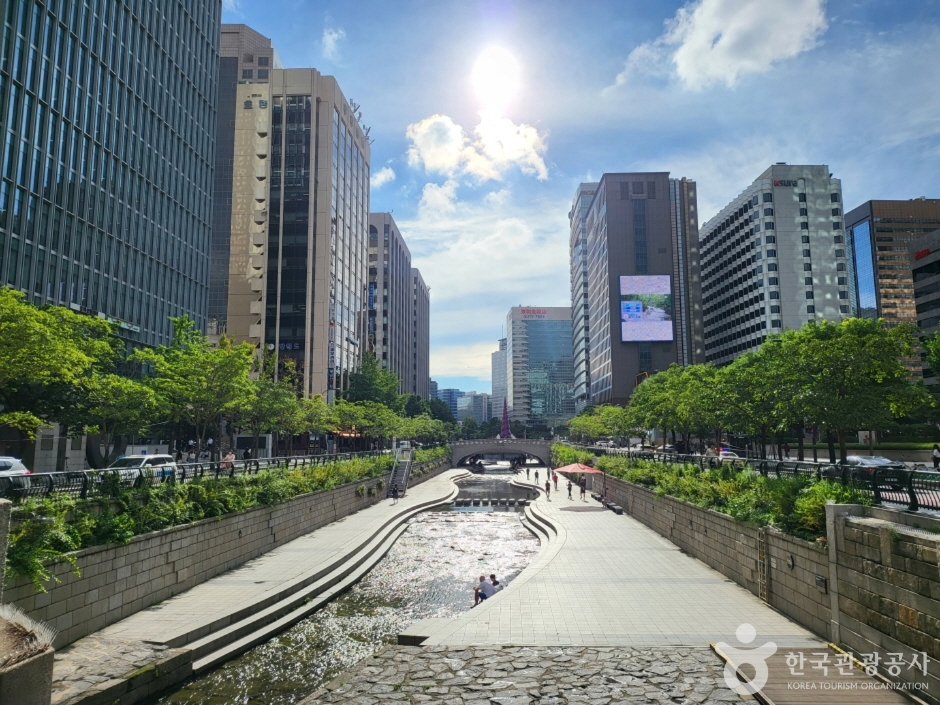
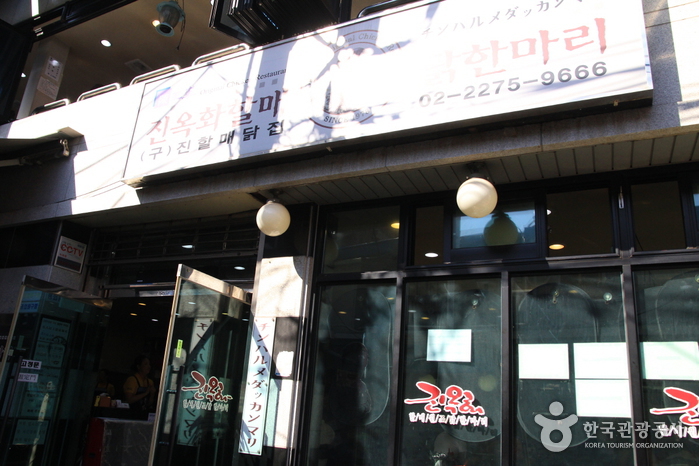
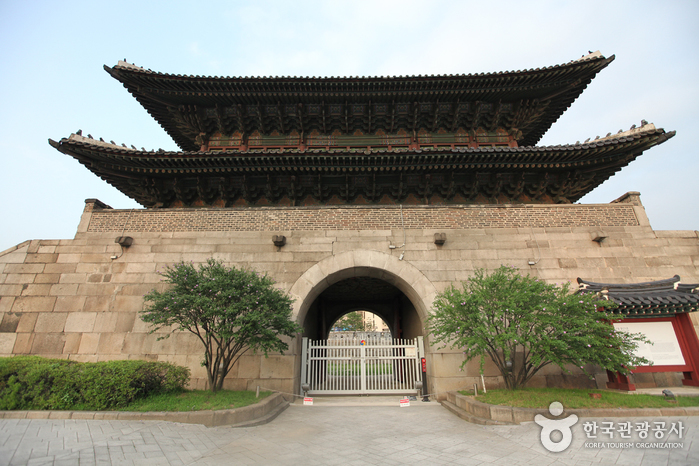
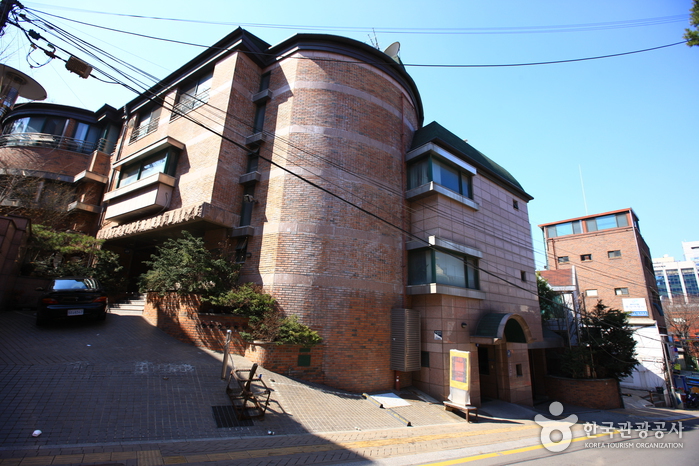
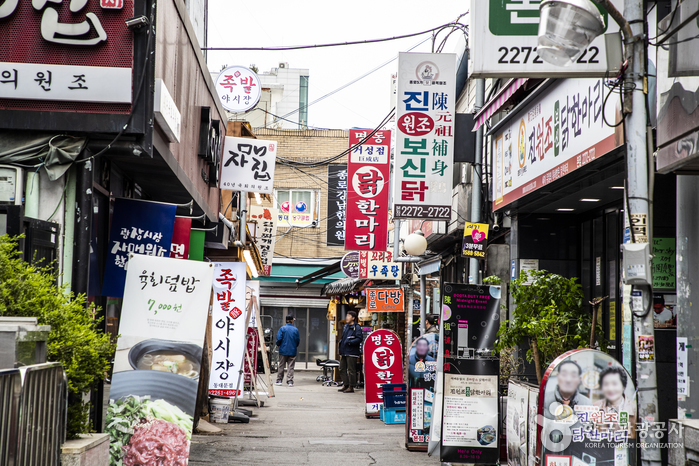
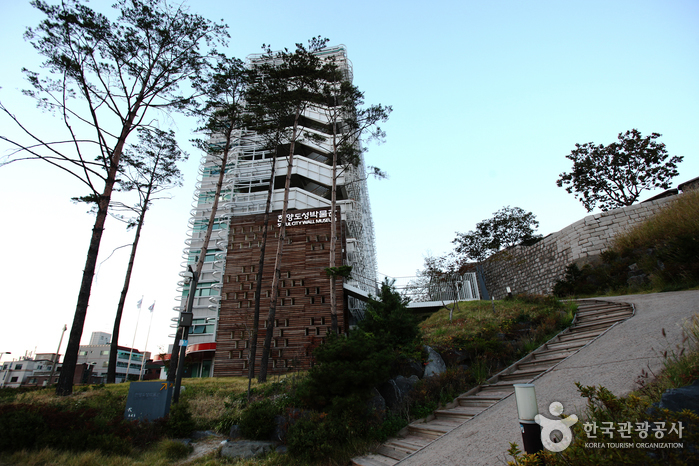
 Français
Français
 한국어
한국어 English
English 日本語
日本語 中文(简体)
中文(简体) Deutsch
Deutsch Español
Español Русский
Русский